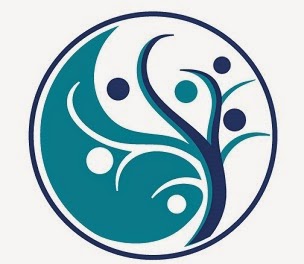Come to The Blue Party sponsored by Fingerpaint then stay the night.
The Sleep Out Challenge encourages local individuals to raise $500 or more to
participate in an outdoor sleep out for solidarity as a symbolic showing of
support to those who must sleep outside all year long. This will take place
overnight on June 26 in Fingerpaint’s parking lot. You bring your own sleeping
bag, pillow and whatever non-alcoholic beverages and snacks you’d like. We’ll
provide you with dinner and breakfast and some treats in between. Plus you’ll
enjoy all the perks of the party and plenty of shout outs for your awesomeness!
Email bgoliber@fingerpaintmarketing.com to sign
up.
The Blue Party will be held on on June 26, 2015, in Fingerpaint’s parking lot and will include food, non-alcoholic beverages, live music, entertainment and an outdoor movie under the stars. Your $100 donation will be directly contributed into the Blue Needs You fund in our effort to raise $150,000. There will not be alcoholic beverages served at the event, but you’ll be given a bracelet to show you’ve made your donation so you’re granted re-entry.
Special thanks to the following vendors: Longfellows, PJ's BAR-B-QSA,Primal Your Local Butcher, Prime at Saratoga National, Esperanto of Saratoga Springs, FunFlicks Outdoor Movies Upstate New York, Bowtie Cinemas Saratoga, and more!
Dinner will be served from 7-8:15. Snacks and popcorn will accompany the movie, The Soloist, which will start between 8:45 and 9.
Live music by Mike Perkins and Friends, a dunking booth and children's activities from The Children's Museum at Saratoga are all part of the fun!
The Blue Party will be held on on June 26, 2015, in Fingerpaint’s parking lot and will include food, non-alcoholic beverages, live music, entertainment and an outdoor movie under the stars. Your $100 donation will be directly contributed into the Blue Needs You fund in our effort to raise $150,000. There will not be alcoholic beverages served at the event, but you’ll be given a bracelet to show you’ve made your donation so you’re granted re-entry.
Special thanks to the following vendors: Longfellows, PJ's BAR-B-QSA,Primal Your Local Butcher, Prime at Saratoga National, Esperanto of Saratoga Springs, FunFlicks Outdoor Movies Upstate New York, Bowtie Cinemas Saratoga, and more!
Dinner will be served from 7-8:15. Snacks and popcorn will accompany the movie, The Soloist, which will start between 8:45 and 9.
Live music by Mike Perkins and Friends, a dunking booth and children's activities from The Children's Museum at Saratoga are all part of the fun!
--





